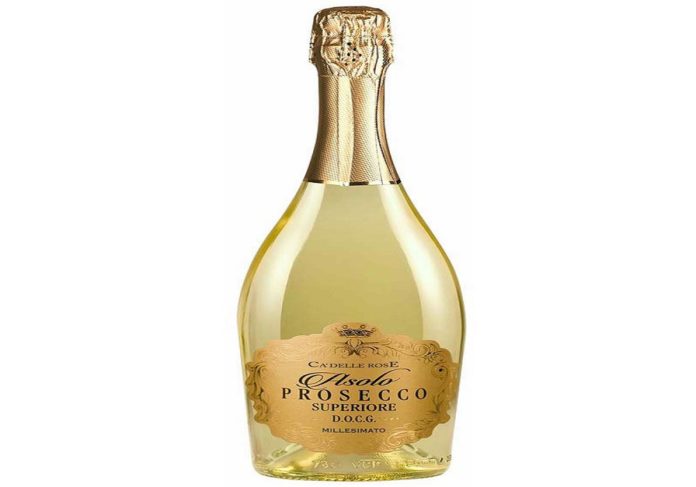Purchasing a wine might not be as easy as it seems. Picking among the dozens, or hundreds could be tricky for the non-experts. In some cases, if you buy directly from private label wine suppliers they provide a helping hand, letting you try the best products and giving some useful advice. So, no matter your decision, you are going to get good wine. But what are the factors the influence the way customers generally choose? The wine label is one of the aspects that play a role in the decision-making process. People may know some brands and they would go for them, just trusting their reputation. Others might just follow their intuition based on the label, letting the visual part and maybe the name persuade them. Some others can select the bottle based on the price, opting for expensive wines if they want to impress someone.
Table of Contents
Influence the consumers
Nowadays, wines are available not only in specialized stores. Since the wine market is among the most fractious worldwide, consumer behaviour is subject to studies in order to understand how it’s possible to influence it and sell more. In order to sell a product, there are three main focuses: get the consumers’ attention, provide them with useful information, convince them to actually purchase the product. The easiest medium to do all of that is through the packaging.
The importance of the label
The way the potential customer interacts with the label is definitely the key to making them purchase the product. What are the elements the clients tend to respond to? Usually, a wine label contains nutritional information, health warning statements, details on the product origins. The packaging is not merely practical anymore. The wine label is part of a marketing strategy. It became an opportunity to speak directly to the people, to communicate the identity of the brand and its values. The wine needs to speak for itself and stick out from the rest, so the label is its voice. General information and a simple logo are not enough at this point, the label needs to be able to convey the proper message, to represent the wine and its uniqueness.
The price influences the label attributes
The quality of wine is taken for granted. Brands need to intervene before the product is consumed. The choice of words and colour schemes are packaging relevant in the packaging. Those elements are not the only ones that matter. The situation can change, since picking a wine may depend directly on the price of it. Generally, consumers tend to be attracted by labels showcasing bright colours for middle price bottles. If the budget is higher, they tend to respond to a more classic label. The colour scheme should be more elegant and not too loud. The font that goes from regular to italics is one of the most common, a valid representation of quality. Some brands lean towards an extra element for their wine label. Adding texture to it makes the client feel a more rounded experience. It will not be just something eye-catching, an element you can only see, but also touch. It can evoke positive feelings and suggests that also drinking that wine would involve more than one sense.
The information on the label
Most consumers are not wine experts, so they are buying taking into account the price, the look of the bottle and the overall information they can get. The shape and the colour of the bottle influence the decision too. Picturing a situation in which the client does not know the wine, the label is the protagonist in the purchase process. Apart from the design factor already mentioned, also the information on it might be influencing. Clearness, being concise and yet exhaustive is what wine producers need to aim for. What is interesting from the consumer’s point of view? They want to believe they made a good decision picking a specific one over the others. Who is the producer, the region of origin, the type of wine, the blend, its alcohol percentage, all these are definitely practical details the client wants to be aware of.














